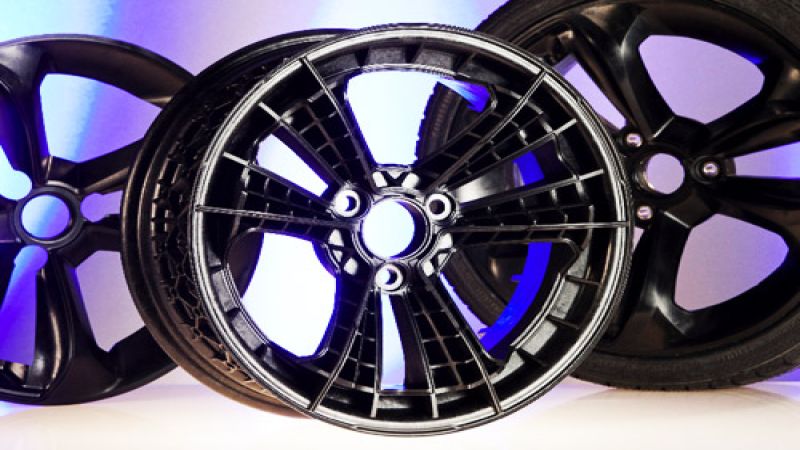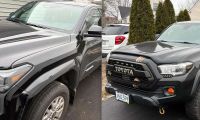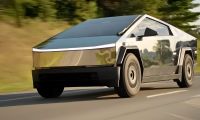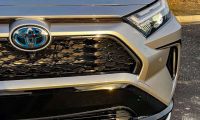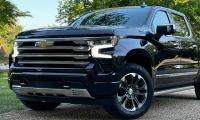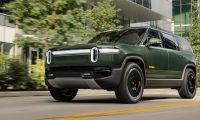As we mentioned yesterday, much of the technological progress of the last quarter-century went into making up for the increasing curb weight of the average vehicle. Some of the remarkable products BASF has developed are on the cutting edge of taking that weight away again.
Working closely with designers, engineers, collision repair centers and OEM manufacturers, BASF applies its innovative product ideas to develop lighter, safer and more energy-efficient cars. In alignment with the company's We Create Chemistry slogan, they focus on sustainable development in the future of mobility and energy efficiency.
"The North American International Auto Show provides BASF with a great opportunity to showcase our innovations that will help automakers differentiate their vehicles and at the same time make the vehicles more sustainable and energy-efficient," said Beate Ehle, president, Market and Business Development, BASF North America.
Among the new products NAIAS attendees will find in the BASF exhibit is the world's first full plastic wheel concept with a potential for mass production, made from an impact-resistant specialty polyamide Ultramid Structure. More than 30 percent lighter than a standard aluminum wheel, these plastic marvels could significantly lessen vehicle weight.
In addition, the company will launch in North American the Ultramid ENDURE line of plastics; so highly heat-resistant it can take the place of metal parts in automotive engines, reducing both weight and cost.
Another innovation is their material-and-weight-saving thermoplastic seat back frame, jointly developed with Faurecia, which integrates the seat frame and back panel into a single structure reducing the need for foam and simplifying the trim process.
BASF's ULTRASIM, a Computer Aided Engineering tool helps automotive client companies create virtual prototypes utilizing optimal multiple material design that results in finished components at marked weight and cost reductions.
The company also supplies HED cathode materials for lithium-ion batteries, which offering higher energy density, safety and efficiency to meet the continually evolving battery systems in automotive drivetrains. In addition, BASF offers tailor-made electrolytes to the lithium battery industry.
BASF can provide manufacturers a comprehensive set of innovative catalyst technologies to enable the efficient compliance with ever tightening emission regulations, such as LEV III.
Their automotive coatings portfolio, which includes new car coatings as well as automotive refinish coatings for the repair industry, is another of their lines. BASF's modern paint processes combined with special effect pigments and technologies, result in a full-breadth of color solutions and development capabilities.
Also showcased with be a collection of BASF Polyurethane Solutions useful in countless automotive applications and components. From lightweight car body components, instrument panels, seating foam, consoles, headrests and load floors, to even their soft touch Elastoskin on the doors, BASF has a product for nearly every aspect of the modern automobile. For example, they provide Cellasto Microcellular Elastomers for sound dampening and Elastollan Thermoplastic Polyurethanes for door handles.
Though not a direct supplier to the public, it is interesting to see the materials that will likely become part of the next generation of cars as well as products sure to be part of the ongoing process of lightening the American vehicle.


